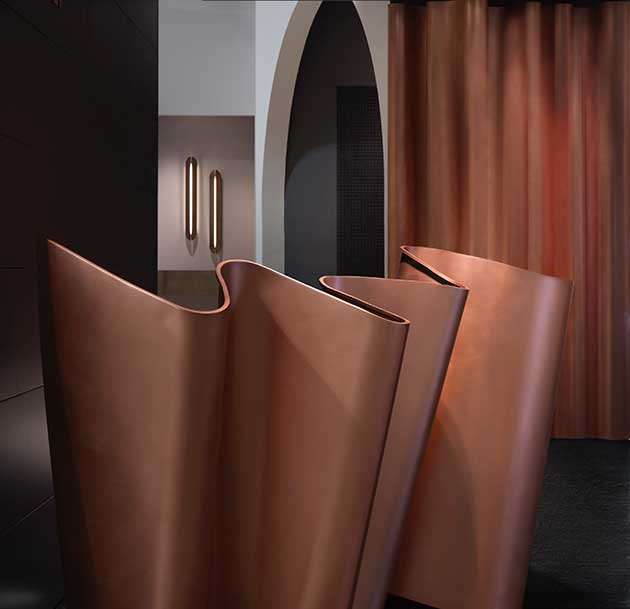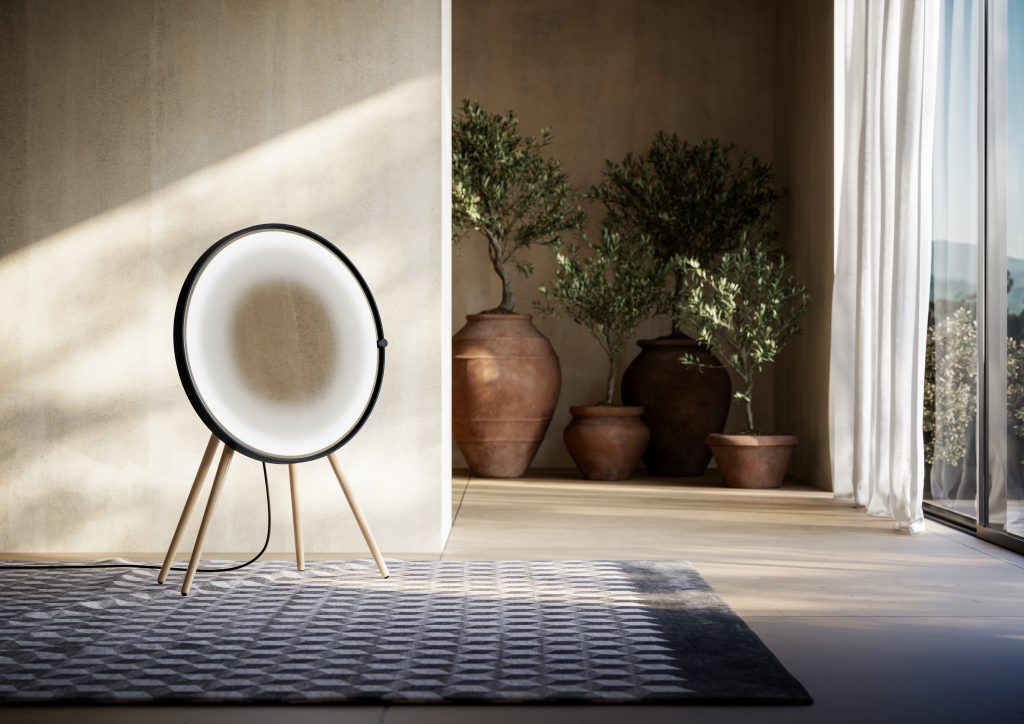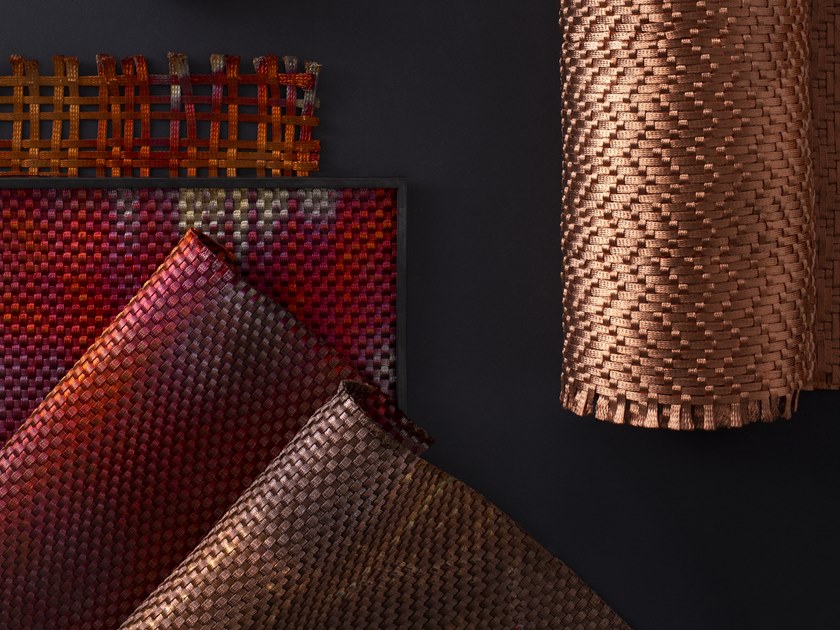
A natural ally for our wellbeing: Copper / De Castelli
lready known in ancient times, the antibacterial and antimicrobial properties of a beautiful, ductile and resistant material such as copper are today of great relevance in consideration of the recent Coronavirus outbreak in many regions of the world.
In China it was known as qi, diphthong which means health, in Ancient Egypt as ankh, symbol of eternal life, for the Phoenicians it was the material that symbolized Aphrodite and in India the millennial tradition of drinking in copper glasses is still alive; all this in virtue of the copper’s ability, scientifically demonstrated by researches of the last decades, to inactivate or destroy several types of microbes, bacteria, fungi and viruses. Among these latter, also for Coronavirus copper is the most inhospitable material. As recently explained by Professor Bill Keevil, Director of Environmental Healthcare at the University of Southampton, it is a sort of execution of the virus when it touches the copper plate: copper ions penetrate into the cells and pathogens are destroyed with no chance of reproduction. Already before the recent pandemic, copper started to be used in public spaces, as for example in some kindergartens and schools in Japan.

In light of the latest events we hope that this material, a precious ally for our health, will be increasingly used in the field of healthcare, public, civil and industrial building. In support to this aim, the Italian cutting-edge company De Castelli, whose mission is the experimental research on metals, has funded a process, in collaboration with university researchers, aimed at quickly finding a solution to work copper while preserving all its antibacterial properties.
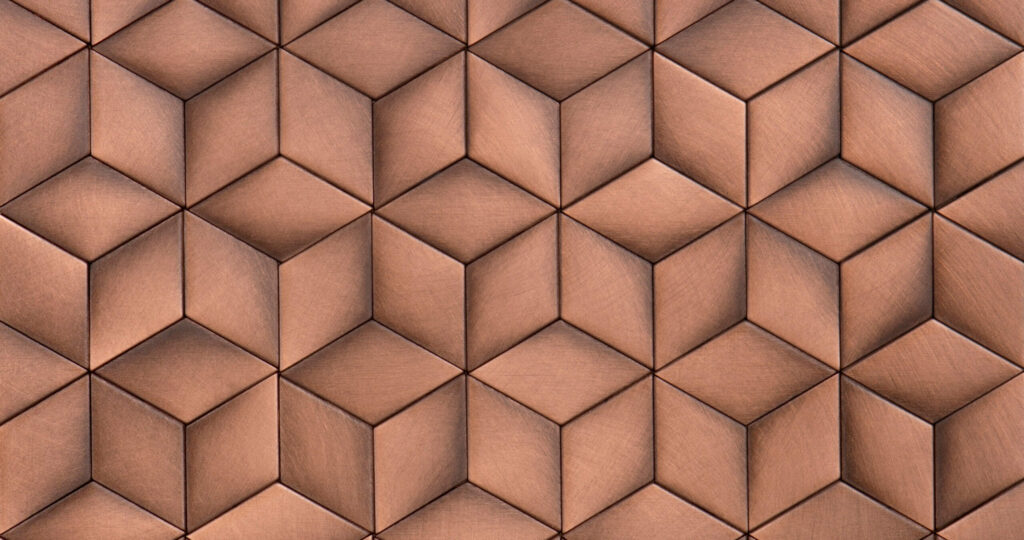
This process will be then made available to the community for the production of high-touch items such as, for example, handles, handrails, taps, switches, vending machines, sanitary instruments… and it will also boost the production, inside the company, of elements for domestic and collective spaces such as tables, reception desks for hotels, counters for bars and restaurants, wall and floor coverings… The recent tests conducted by De Castelli on the oxidation processes and phases aim at avoiding all those protective coatings that compromise its antibacterial properties, which so far have been carried out for aesthetic reasons to maintain the chromatic effects over time, highlighting, on the contrary, the extraordinary appearance of a naturally aging material.

In addition to the economic advantage due to the elimination of treatments, the signs naturally left by time make each object a unique and unrepeatable piece: no other surface, no other complement that will decorate our spaces will have those same characteristics. What has so far been perceived as imperfection by people got used to the monotonous uniformity of plastic and serial objects, actually represents the great value of a naturally aged materials, just as it happens for handcrafted objects. The secret of naturally aging materials lies in turning the signs of time into their strength, both for aesthetic and for health reasons. We asked Albino Celato, founder and CEO of De Castelli, for confirmation and further details.
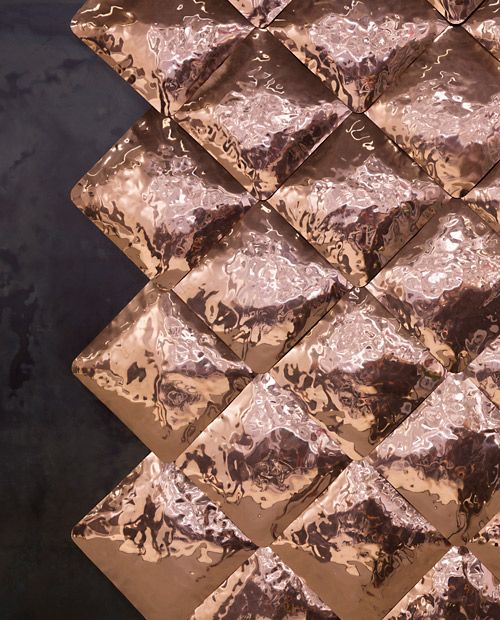
How did De Castelli come to work this metal while preserving all its known antibacterial and antimicrobial properties?
Machining copper and other metals such as brass, iron and steel, is the DNA of our company, heir to an ancient know-how that dates back to four generations of masters in metal machining. Since our foundation we are accustomed to machine and shape copper in different forms and sizes in order to obtain the most unusual output, from small to large scale. So far we have privileged the aesthetic aspect of copper by researching and deepening shades and finishes obtained through oxidation and handcrafted processes, structured according to an industrial organization. In light of the current situation, we thought it appropriate to focus on an intrinsic characteristic of copper, which has always been known: its antibacterial property. It will be simply a matter of enhancing the raw material, avoiding paints, oils or waxes that alter its properties and re-evaluating its naturalness and changes due to the action of time. We had a first approach to this attitude some time ago experimenting with copper solutions for the bathroom area.
How can these researches and tests, conducted and financed by De Castelli, be made available and represent a benefit for the whole community?
The development of new finishes enhancing the naturalness of copper could offer added value for all those who are interested not only in the aesthetic, but also in the healthy aspect of copper. In this way, public and collective high-traffic areas, equipped with copper furnishings or surfaces, could not only be good-looking but they could also reduce the permanence of bacteria.

Some examples of application in products and contexts?
There are many possible applications for copper: from cookware to door handles or taps. Of course De Castelli will not change its identity as a manufacturer of custom-made furnishing accessories and items and will continue to offer complements, surfaces and custom solutions that will furnish and decorate public and private spaces.
Your message is therefore addressed mainly to designers, architects and production companies: would you like to summarize the advantages, in addition to those related to antibacterial and antimicrobial properties, in terms of aesthetic performance?
The main advantage lies in being able to make a synthesis between functionality and aesthetics starting from a serious consideration of the raw material and its processing methods. Copper is certainly one of the most precious materials among those we work with, but at the same time it is also the material that in the long term has the greatest aesthetic performance if we accept and appreciate its changing over time. We will focus even more on the quality of the products we work with, respecting their life cycle. Their processing, with attention to the smallest details from a structural and engineering point of view, will allow us to get high and long-lasting quality standards. At the same time, copper, left in its natural state, will undergo changes and new textures over time leading to the production of ever changing one-off pieces, made to last forever.
